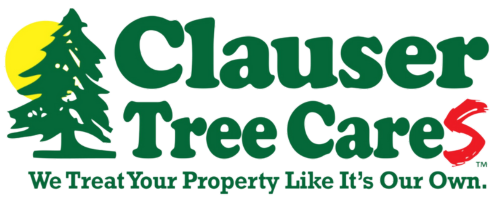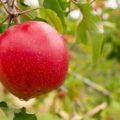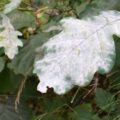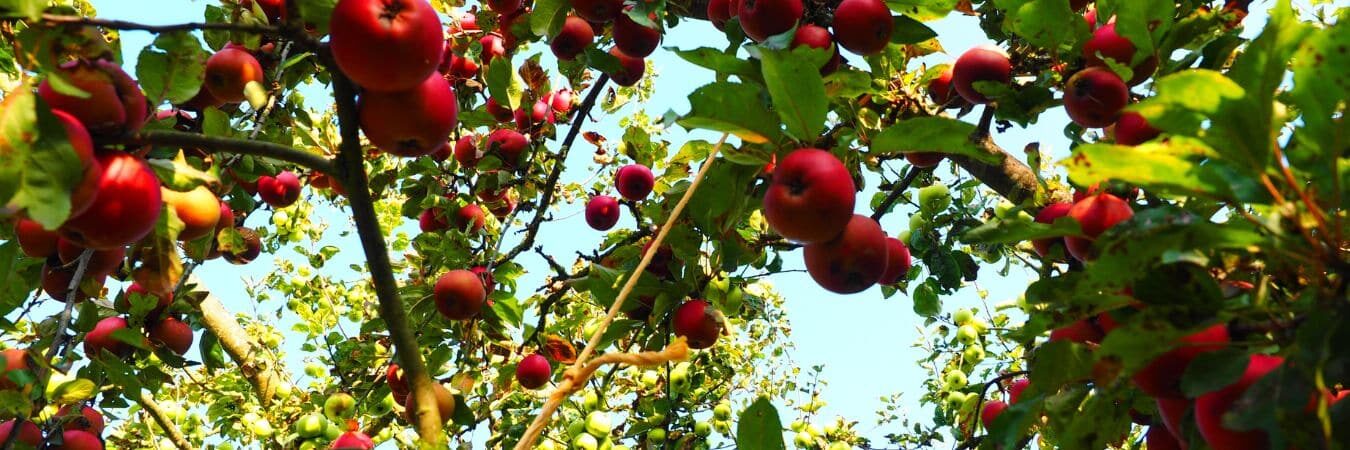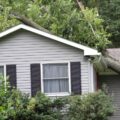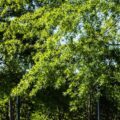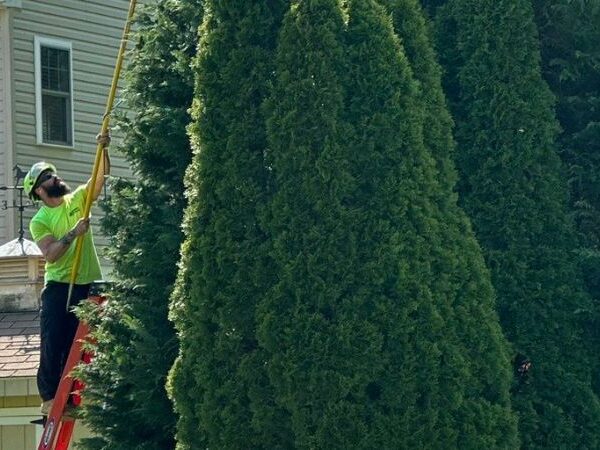Although you may see your neighbors doing it, don’t be fooled – tree topping is bad for your trees and your wallet! Even PennState will tell you to avoid tree topping at all costs.
What is tree topping?
This destructive tree cutting practice goes by other names including:
- Hat-racking
- Cutting back
- Heading
- Rounding over
- Tipping
Topping is usually done to reduce the overall size of a large tree. This is done by lopping off the “top” of the tree instead of properly pruning its branches at the nodes.

Tree topping involves making indiscriminate heading cuts that are harmful to a tree.
3 Reasons Not to Top Trees
Topping might seem like an efficient way to trim trees in Pennsylvania, but it creates a host of new problems. These include added price and disfigured trees. Plus, topped trees present a real danger to property and people.
1 – Tree Topping Costs You More in the Long Run
On the surface, tree topping may appear to be the most cost-effective option to reduce the size of a tree. It’s quicker to perform than proper tree pruning and doesn’t require a skilled arborist.
However, this harmful practice sets you up for added costs in the future.
When you top a tree, the tree “panics” due to the extreme reduction of leaves. Leaves perform a crucial function for trees; through photosynthesis, they create and store energy to sustain the tree (they also release oxygen into the air). When this vital source of energy is abruptly removed, the tree quickly grows as many new branches and leaves as it can in an effort to generate more energy.
You’ve probably seen trees with these types of new branches. Known as watersprouts or epicormic shoots, they’re thin, whip-like shoots that grow straight up from larger branches. They often appear in huge numbers and make the tree look overgrown and misshapen. When this happens on a fruit tree, the tree won’t produce many fruit.
Because they grow so quickly and thickly, the tree often ends up larger than it was before the work was done. These new shoots will require continual maintenance and frequent pruning. This added maintenance costs you more money in the long run than you would’ve spent to have the tree properly pruned in the first place.
Instead of topping, you should use a professional tree service company that prunes trees properly. Avoid companies that even offer tree topping as an option.
2 – Tree Topping Makes Trees Ugly
While topping trees may temporarily solve some issues, such as lack of space and encroachment on walkways and roads, it leaves a horrible, misshapen tree. Instead of a fully formed canopy, you get a cropped, flat top that looks unnatural and ugly.
In contrast, proper tree trimming helps your tree retain its natural beauty.
If you have a tree that needs to be cut back due to space restrictions or property/utility encroachment, you should avoid topping the tree if at all possible.
Many utility companies may top a tree that’s growing near power lines. If you’d prefer to keep your tree healthy and looking its best, your best move is to hire a professional tree trimming company to cut back the branches properly before the utility company gets their hands on it.
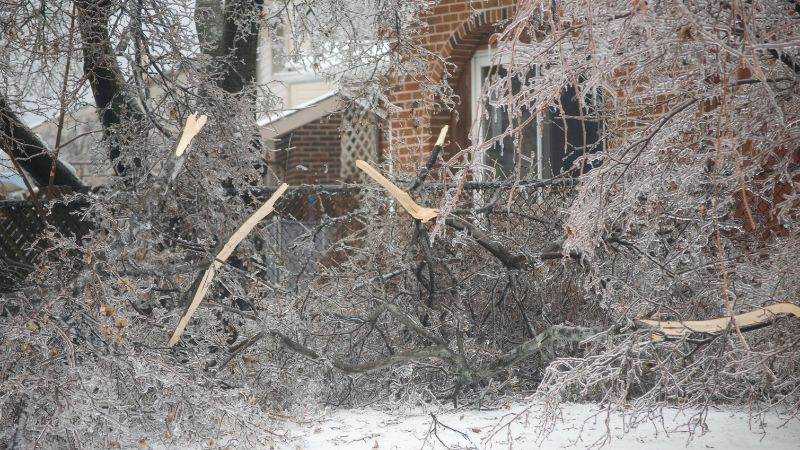
Topped trees develop weakly-attached branches that are prone to failure. You’ll often see entire sections of a tree fall during or after a storm because of the extra weight, weak branch unions, or decay caused by poor healing after topping.
3 – Tree Topping Creates a Dangerous Risk
The thin new growth that trees put out in response to topping is weakly attached, adds considerable weight to existing branches, and creates a hazard on your property.
These weak branches are susceptible to breakage from high winds, storms, ice, and the winter snows we experience in Pennsylvania. Breaking branches mean trouble for anything beneath your tree, including cars, children, and pets.
Furthermore, because hat-racking involves making heading cuts (cutting branches back to an indiscriminate length, rather than to an appropriate lateral branch), the pruning wounds often do not heal properly. This leads to internal decay, further weakening the tree and making it structurally unsound. Decay can also attract insect pests and diseases that further stress the tree.
While topping may initially be done as a matter of space and safety, the practice creates new dangers that are difficult to remedy. In many cases, a topped tree eventually needs to be cut down and removed.

Alternatives to Tree Topping
Most people hat-rack their trees to make them smaller, not realizing that the way the tree responds to this kind of stress will actually make the tree larger and require more frequent upkeep.
Instead, there are specific pruning practices used by certified arborists that can reduce the overall size of a tree without topping it. If you have an overgrown tree, call us and ask about our crown reduction services.
If crown reduction isn’t enough to solve the problem, we may recommend tree removal instead. Cutting down the tree allows you to avoid the dangers and additional costs associated with topping. And, if desired, you can plant a new tree in its spot.
Contact Clauser Tree for Safe and Efficient Tree Pruning
Clauser Tree Cares about your trees. Call us for a free tree trimming estimate in the Chalfont, Pennsylvania area for pruning done the right way. We’ll help save you money, keep your trees healthy and beautiful, and keep your property safe.
And remember, don’t top your trees!
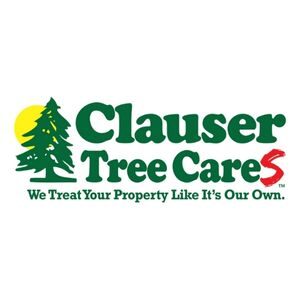
About Clauser Tree Care
From who you talk to on the phone in our office, to our courteous and experienced work crews who provide your service, all of the hard-working team members at Clauser Tree Care strive for complete client satisfaction. Our job is simply not done until you are pleased with the experience that you have had working with our company. Founded more than 25 years ago on the principles of honest work and arboricultural best practices, we strive for a higher standard of care for a greener future.
